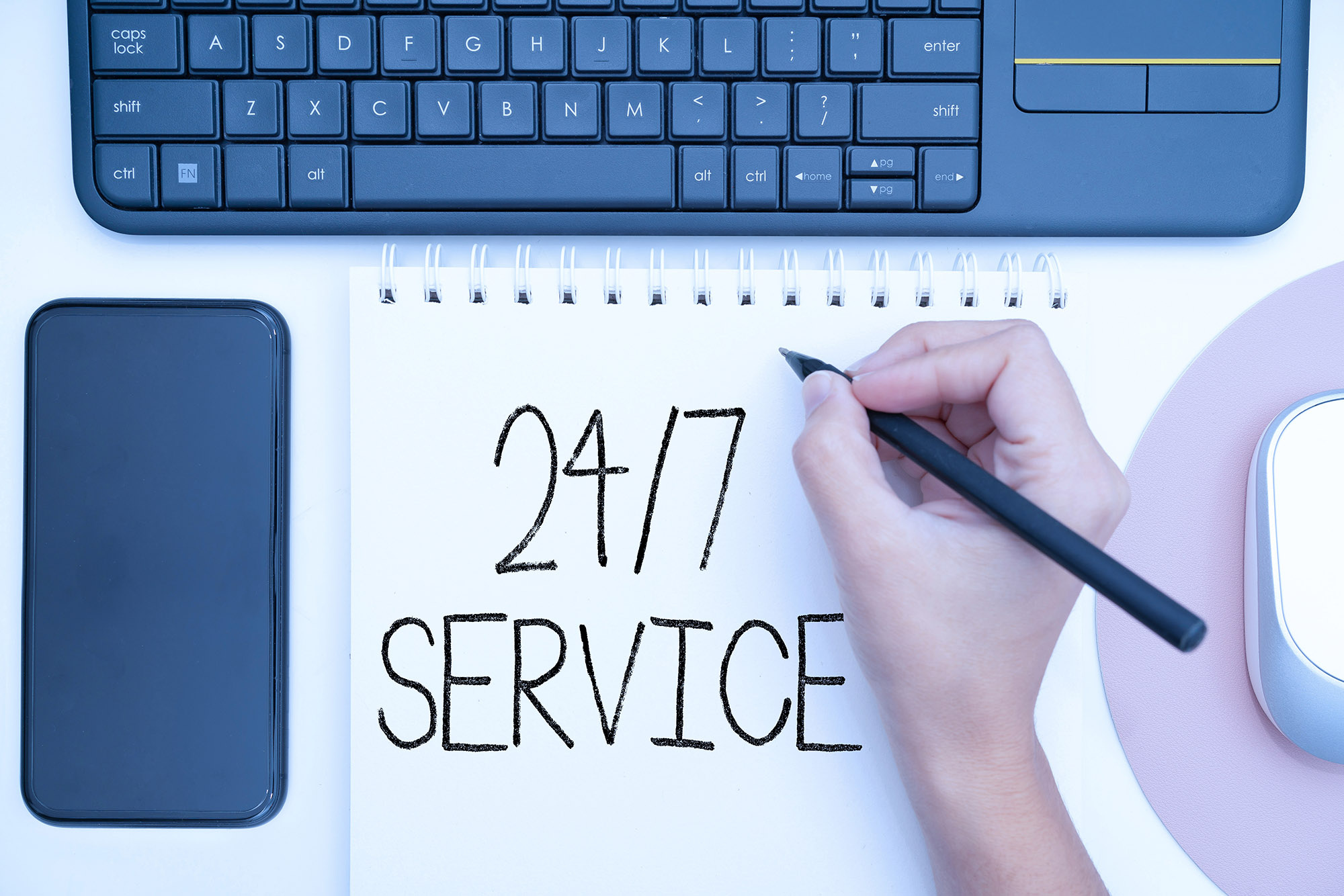
Why Transfer a Domain?:
Better Pricing: Another registrar might offer more competitive renewal rates.
Improved Services: Better customer support, more intuitive management tools, or additional bundled services.
Consolidation: If you have multiple domains scattered across various registrars, consolidating under one platform simplifies management.
Understanding Domain Transfer Restrictions:
Age of the Domain: Most domains must be at least 60 days old before they’re eligible for transfer.
Locked Status: Ensure your domain is unlocked before initiating a transfer. Locking is a security feature preventing unauthorized transfers.
Initiating a Domain Transfer:
Request an authorization code (also known as an EPP code) from your current registrar.
Provide this code to the new registrar, which will start the transfer process.
Confirm the transfer when prompted by email or through your old registrar’s interface.
Managing Multiple Domains:
Bulk Management Tools: These are invaluable if you have several domains. They allow you to renew, update, or modify multiple domains simultaneously.
Domain Forwarding: If you have variations of your main domain (like .net, .org versions of your .com), you can forward them to your primary address.
Consistent Contact Information: Maintain consistent administrative contact information across all domains to simplify communication and verification processes.
Auto-Renewal for Peace of Mind:
Turn on auto-renewal to avoid accidental domain expiration. It automatically renews your domain before its expiry date, ensuring you never lose your web address unintentionally.
Centralized DNS Management:
If you’re using third-party hosting, email, or other services, centralized DNS management lets you control all domain-related configurations from one place, offering flexibility in pointing your domain wherever you need.
Backup and Redundancy:
Regularly backup your domain’s zone files and configurations. This ensures quick recovery if there are any disruptions or if you decide to switch hosting providers.
Regularly Review Your Portfolio:
If you own multiple domains, periodically review them. Decide whether they’re still relevant to your brand or strategy and if they’re worth the renewal fees.
In conclusion, your web address should move and adapt with you. Whether it’s shifting to a registrar that better fits your needs, juggling multiple domains, or ensuring uninterrupted service, flexibility is key. By understanding the intricacies of domain transfer and management, you position yourself to make informed decisions that best serve your online endeavors.








